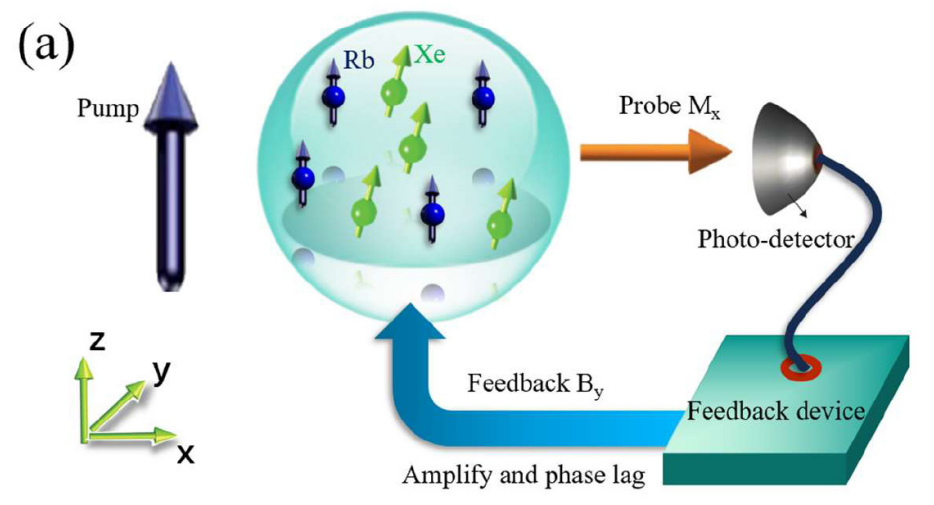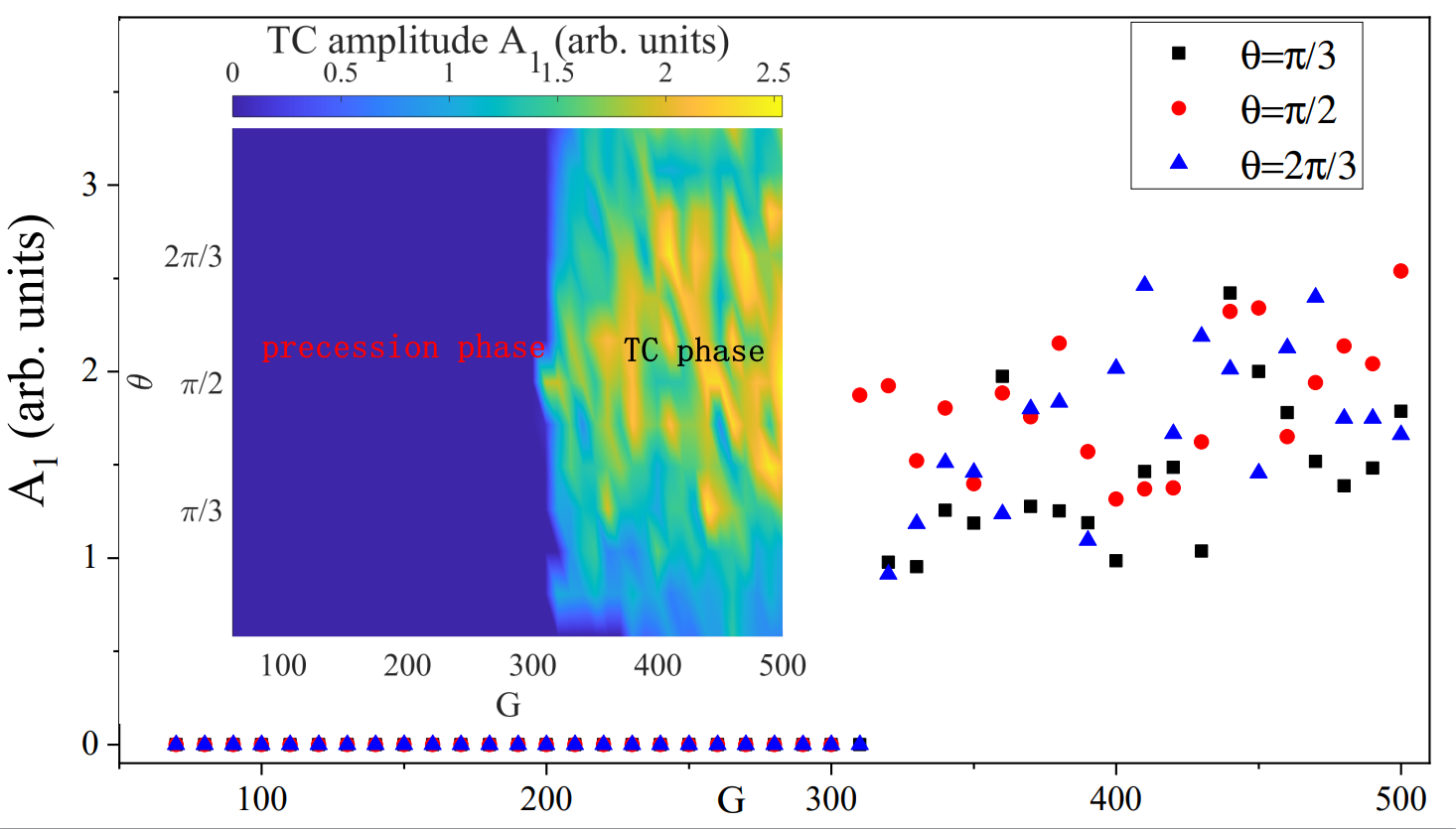
Time crystal, a new phase of matter proposed by Frank Wilczek, the Nobel laureate of Physics in 2004, can break original time-translation symmetry and create new time-oscillation spontaneously.
Recently, a joint research team from the National Time Service Center (NTSC) of the Chinese Academy of Sciences and Shanghai Jiao Tong University have observed time crystal in a spin maser system.
The results were recently published in Communications Physics on May 5.
In this study, the researchers investigated a Rb-Xe hybrid atomic spin maser system. They discovered that when the interaction strength of the spin-feedback magnetic field surpasses that of the spin–DC magnetic field, a distinct spin oscillation signal emerges. The signal oscillates with a frequency totally different from that of the original spin Larmor precession, and it has random phases and shows high robustness over repeated experiments, fitting the definition of time crystals.
"Our research provides an alternative scheme to the existing time crystals", said Prof. LIU Guobin, leader of atomic spin gyroscope research group from NTSC. The time crystal in spin maser could be potentially used for both fundamental studies and practical applications based on precision measurement physics.

Schematic drawing of the spin maser experimental setup. (Image by NTSC)

Dependency of the time crystal on the amplitude and phase of the feedback magnetic field. (Image by NTSC)

86-10-68597521 (day)
86-10-68597289 (night)

52 Sanlihe Rd., Xicheng District,
Beijing, China (100864)

